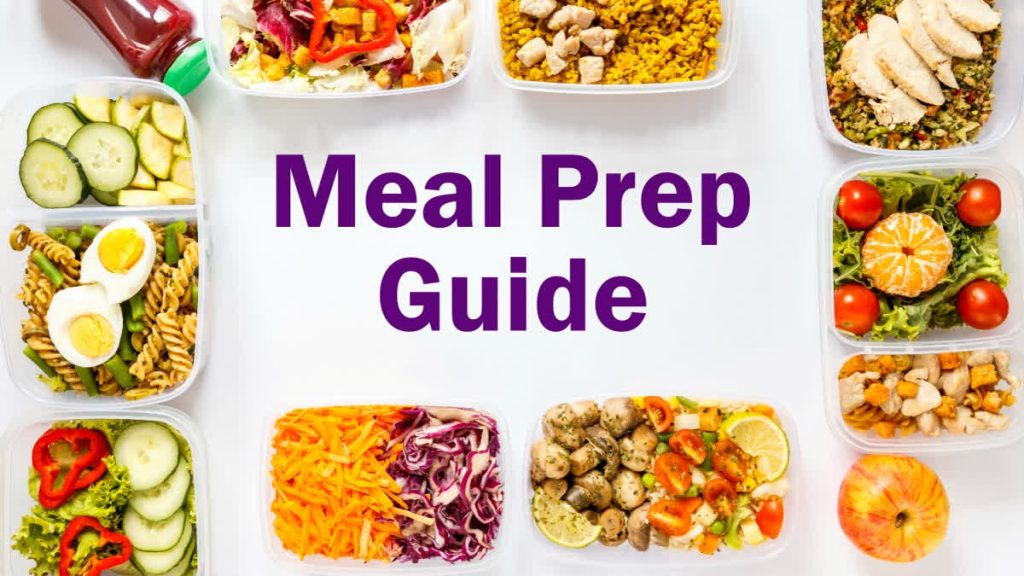
Meal prepping can save the average person 5 hours weekly and reduce food waste by 28%, according to USDA research. Yet 63% of people who try meal prepping abandon it within a month. This guide provides sustainable strategies to make meal prep a lasting habit that actually saves time.
The 3-2-1 Meal Prep Method
A balanced approach:
- 3 batch-cooked components: Proteins, grains, roasted vegetables
- 2 make-ahead meals: Soups, casseroles, or stir-fries
- 1 quick-prep meal: For variety and freshness
Efficient Prep Strategies
Time-saving techniques:
- The layered sheet pan: Cook multiple items simultaneously
- Portion-controlled containers: For grab-and-go meals
- Pre-cut frozen vegetables: Just as nutritious, half the work
- Multi-cooker magic: Pressure cookers that also sauté
Sample Meal Prep Plan
For a family of 2-4 (2 hours active prep):
- Batch cook: 4 chicken breasts, 3 cups quinoa, 2 sheet pans roasted veggies
- Make-ahead meals: Large pot of chili + vegetable stir-fry
- Quick-prep option: Omelets with pre-chopped fillings
- Snacks: Hard-boiled eggs, cut fruit, portioned nuts
Maintaining Variety
Prevent meal fatigue:
- Rotate 3-4 different prep plans monthly
- Use versatile bases with different seasonings
- Keep a “meal prep idea bank” for inspiration
- Incorporate one new recipe weekly
A 2023 Cornell University study found that consistent meal preppers saved $126 monthly on groceries and ate 41% more vegetables than non-preppers. The key is starting small – even prepping just breakfasts and lunches yields 80% of the benefits with half the effort.



